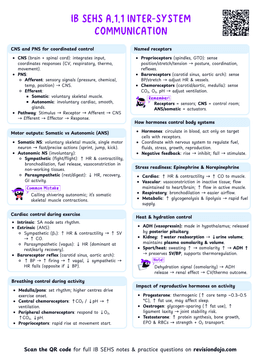Talent Transfer in Elite Athletes
Understanding Talent Transfer
Talent transfer is when an athlete takes their existing skills, physical attributes, and mental capabilities from one sport and applies them successfully to another sport. It's like taking your athletic "toolbox" and using those same tools in a different workshop!
Talent transfer is becoming increasingly common as sports organizations actively seek athletes with transferable skills to fast-track them into new sports where they might excel.
Key Components of Successful Talent Transfer
Physical Attributes
- Anthropometric characteristics (height, body composition, limb length)
- Physiological capabilities (speed, power, endurance)
- Motor skills (coordination, balance, agility)
Psychological Factors
- Mental toughness
- Competitive mindset
- Ability to handle pressure
- Learning capacity and adaptability
Athletes who have developed strong mental resilience in their primary sport often find it easier to transition to a new sport, as they already understand the psychological demands of elite competition.
Common Pathways for Talent Transfer
Similar Movement Patterns
Athletes often transfer between sports that share similar movement patterns or physical demands:
- Track sprinters → Bobsled
- Gymnastics → Diving
- Rugby → American Football
A famous example is Niamh McCarthy, who transferred from basketball to track cycling. The explosive power and leg strength developed in basketball translated well to cycling performance.
Complementary Skills
Some transfers work because the fundamental skills complement each other:
- Swimming → Triathlon
- Martial Arts → Boxing
- Volleyball → Beach Volleyball
Advantages of Talent Transfer
- Reduced Development Time
- Athletes already understand elite training principles
- Basic fitness levels are established
- Competitive mindset is developed
- Career Extension
- Provides new opportunities when progress plateaus in primary sport
- Allows athletes to continue competing at elite levels
- Reduces risk of early retirement


